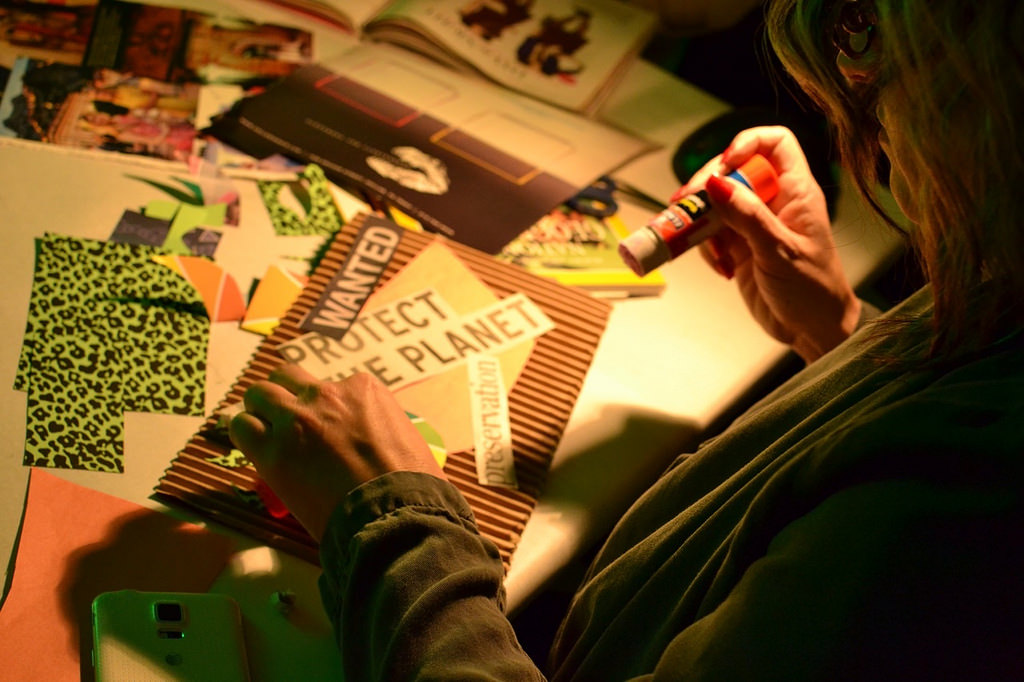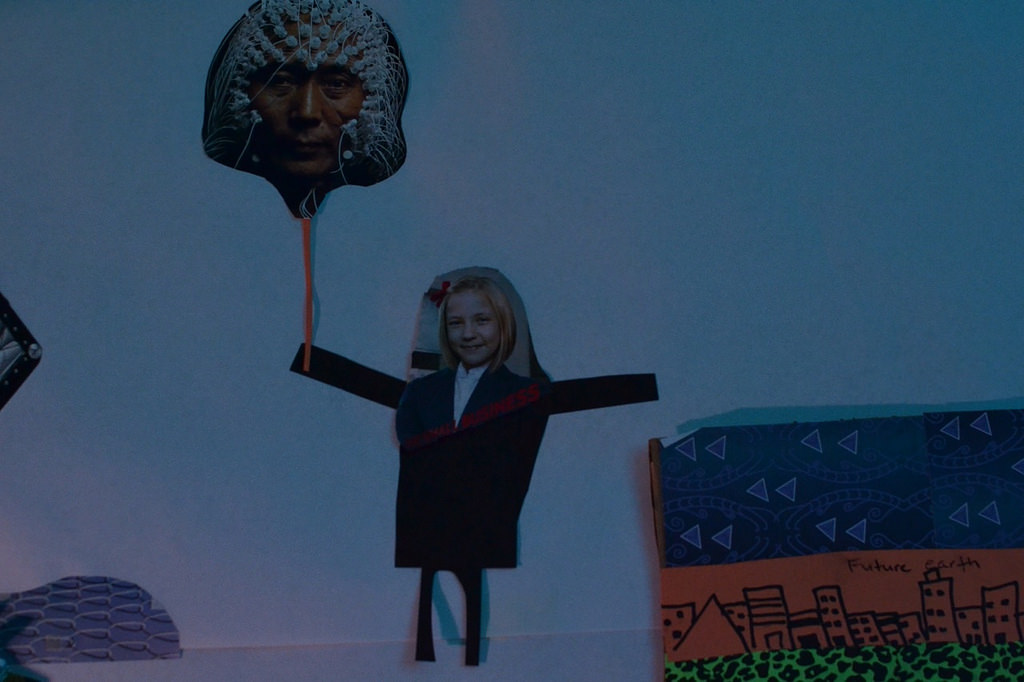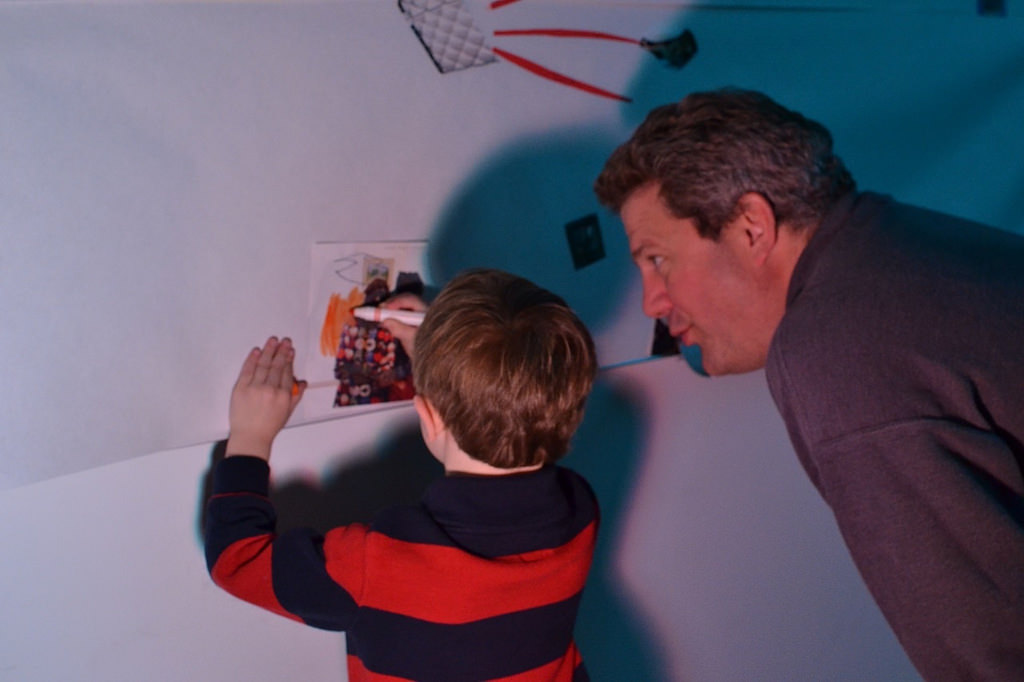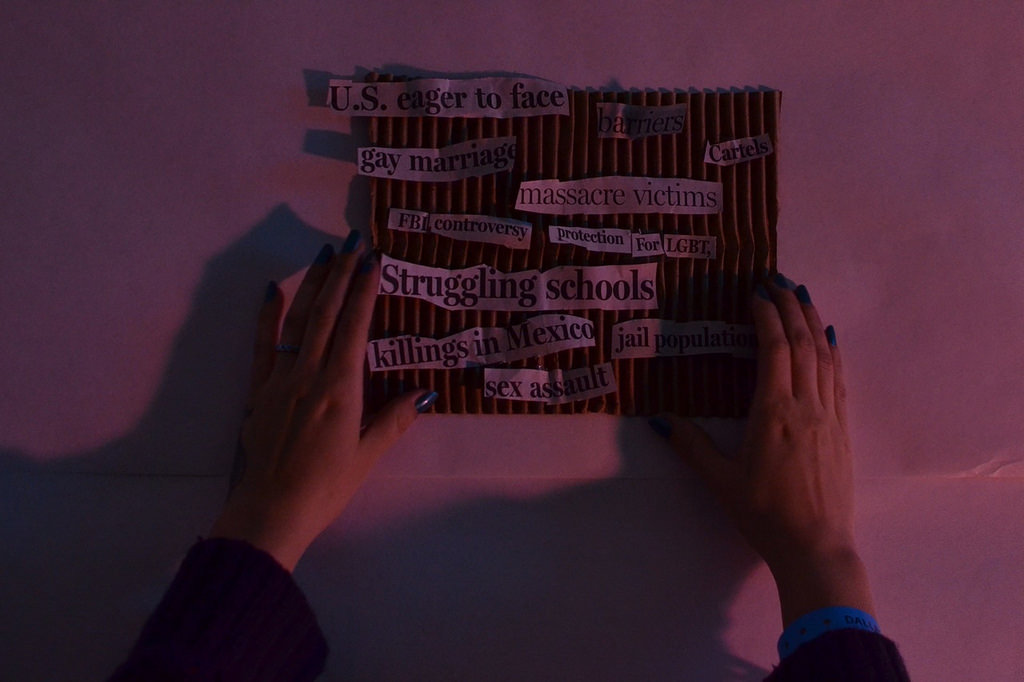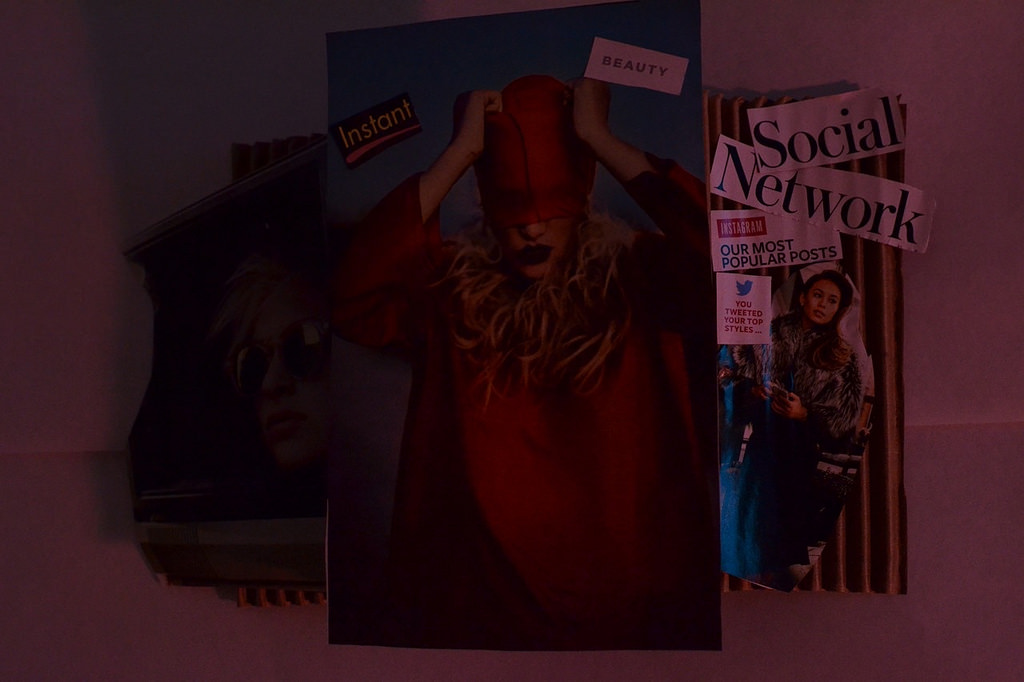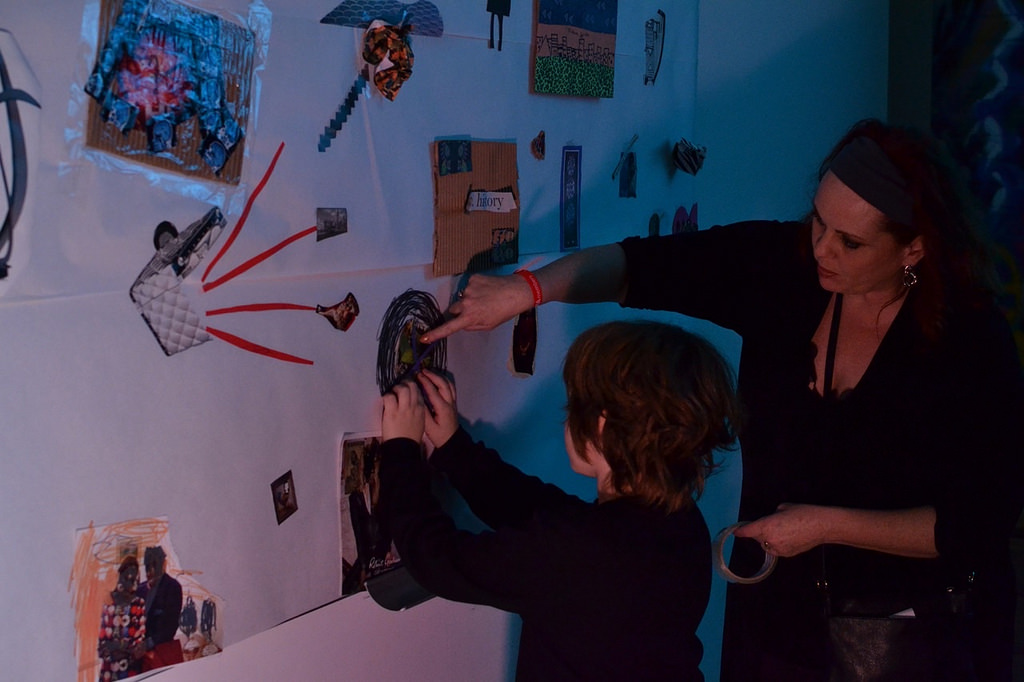Through the C3 Visiting Artist Program, the Center for Creative Connections invites local and national artists from a variety of disciplines to participate in the development and facilitation of educational programs and spaces offered at the DMA. Most recently, we invited conceptual artist, educator, and co-founder of Preservation LINK, David Herman, to lead the January Late Night Art Bytes program and create content for the #DMAdigitalspot, the video display wall in our gallery. David is currently a Ph.D. student in Visual Culture Studies at the University of North Texas, and I sat down with him to talk about his work.
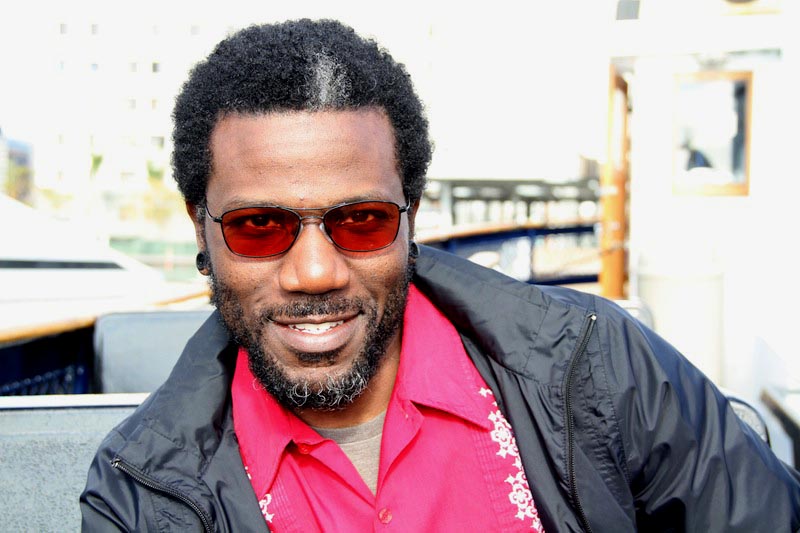
Tell us about yourself.
That’s always an interesting question to be asked. I am a fairly mild mannered individual who appreciates the idea of careful consideration. When I reflect on my work, my friendships, and the things I’m most fond of they all seem to ascribe to this notion in one way or another. Life is most interesting when I’m able to engage with the surface of things to gain insight on their complexities. Most of the time this requires a sort of “pulling back” so that the richness and value of things can begin to show themselves.
For the January Late Night, you hosted Late Night Art Bytes, which highlights how artists use art and technology. You led a drop-in experience where visitors responded to prompts about the state of the world today and the future through collaborative collage. Technology came into play through your documentation of the night. You photographed the collages as they evolved over the course of three hours and those images were displayed on the #DMAdigitalspot monitors. What was the inspiration for this program?
A large part of the inspiration, from the very beginning, was the idea of “shared thinking.” Collaborative work is an interest of mine. Ideas are always enriched when there is divergence and an openness to let things evolve into themselves. I really wanted to use aspects of collage and mixed media that involved visual culture, images from our contemporary mass-mediated lives such as magazines, to have a conversation about the world we live in.
How does this visual conversation fit within the bigger picture of your work?
Well, I like to think about how people “see” the world. How people use visual content to interpret and understand context. We live in such a visually stimulated society where most of the information we experience–as creators or consumers–comes in bits and pieces of imagery. Images are embedded throughout our lives as a sort of “hyper” extension of what is real and what is possible. The Late Night Art Bytes conversation really provided me with an opportunity to experience how people respond and share their views of the world through the visual culture “art-i-facts” they created. It was their attentiveness to all the various images and materials that confronted them that I found most useful to how I think about my own work.
My current work is all about “looking” and “being with” images. I am interested in how individuals contend with all the images they have to manage at every juncture of life. It is certainly an interest in visual literacy, however it goes well outside of just literacy. It really is about our attentiveness to the images around us and what images are seen and which ones go unnoticed. Today images seem to have a life of their own in very unique ways.
Often, contemporary images are sensationalized as a method of gaining our attention. Selfies have to be staged, colors have to be super vibrant, and images have to “appear” when we demand them. I’m not opposed to the hyper-ness of our contemporary mode of apprehending images (or images apprehending us), however I do believe that this kind of “being” with images leaves us with less opportunities to experience the natural world. In other words, seeing and being with “everyday” images become a part of a background noise that we become inattentive to. They become a part of an obscured view – and with that we lose a little bit of humanity.
What do you think visitors got out of the experience? What did you gain/learn from hosting this program?
The Late Night experience was exciting. I didn’t have many expectations, really. A part of the night was about seeing how visitors accepted the space, the materials available to them, and the project at hand. There was a wide swath of diversity that entered the space. I really loved the way that the visitors took their time in the space. The Tech Lab became a relaxing space for the visitors to listen to music, enjoy each others company, and create art. There were several visitors that returned to the space towards the end of the night to see how the visual conversation had progressed. I believe that this was significant as it spoke to the level of engagement and curiosity about what and how others had addressed the prompts: The world today and the future world. For me, the pleasure was seeing how the visitors committed the time and attention to add their voice to the conversation.
Tell us about your plan for the #DMAdigitalspot.
The wall monitor is a digital installation that will be comprised of photographs, manipulated digital images, and videos. It is a visual exploration of interpretative narrative. I am most interested in creating an opportunity for all visitors to the Center for Creative Connections to experience different ways of looking and being with visual language.
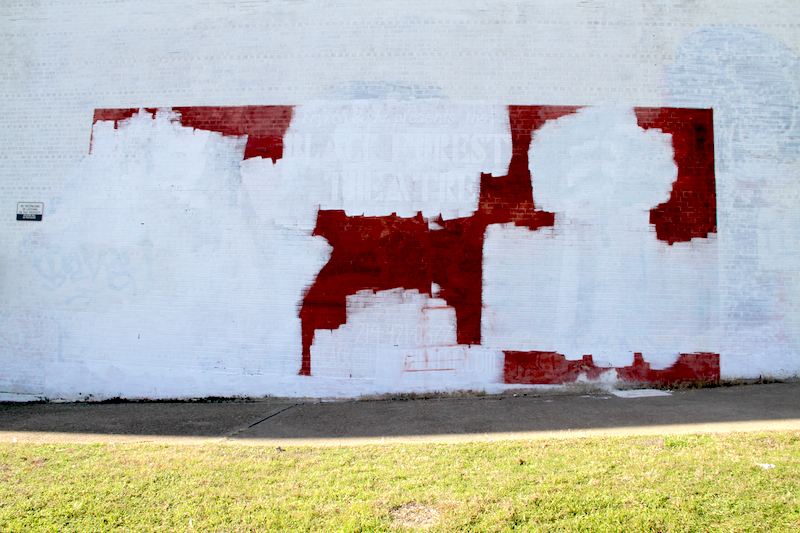
Stop by the Center for Creative Connections in February to see how David Herman transforms the #DMAdigitalspot.
Jessica Fuentes
C3 Gallery Manager
